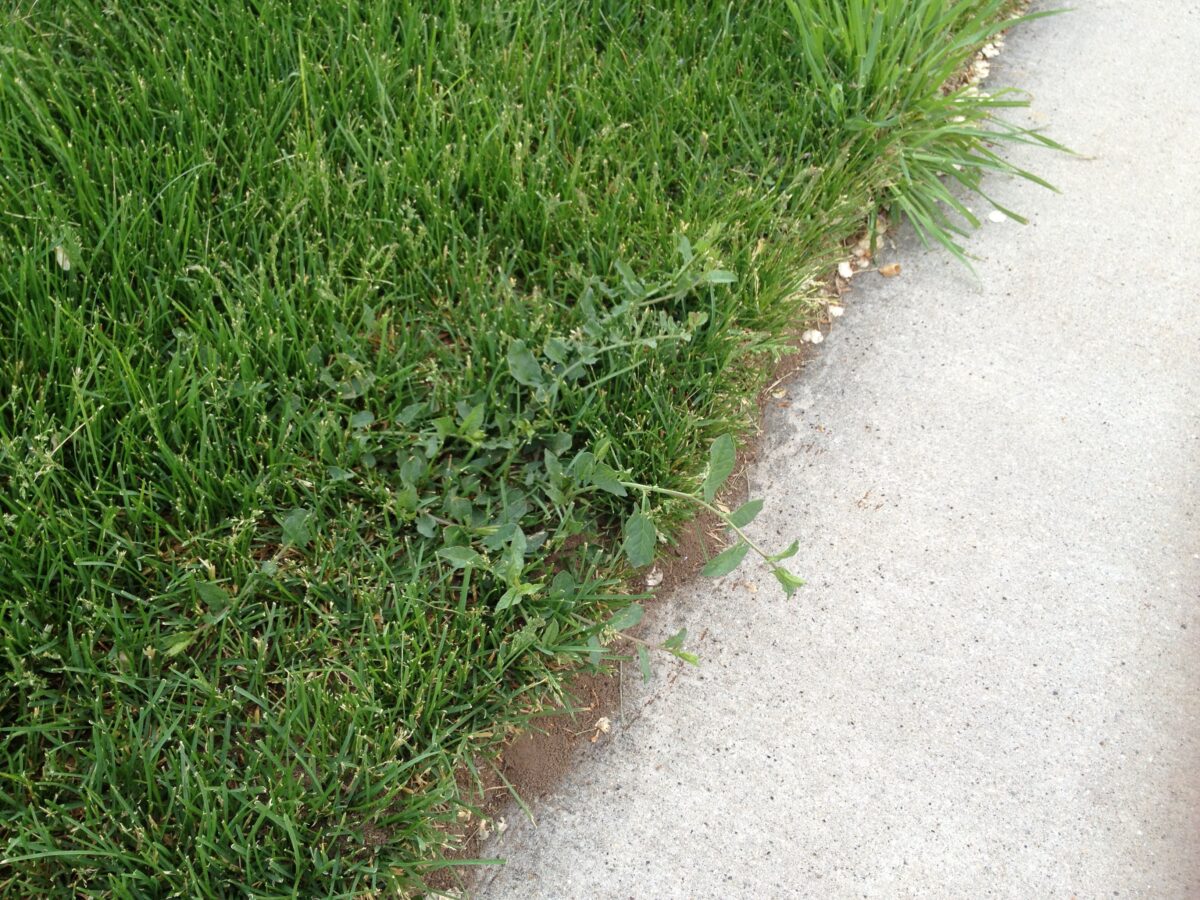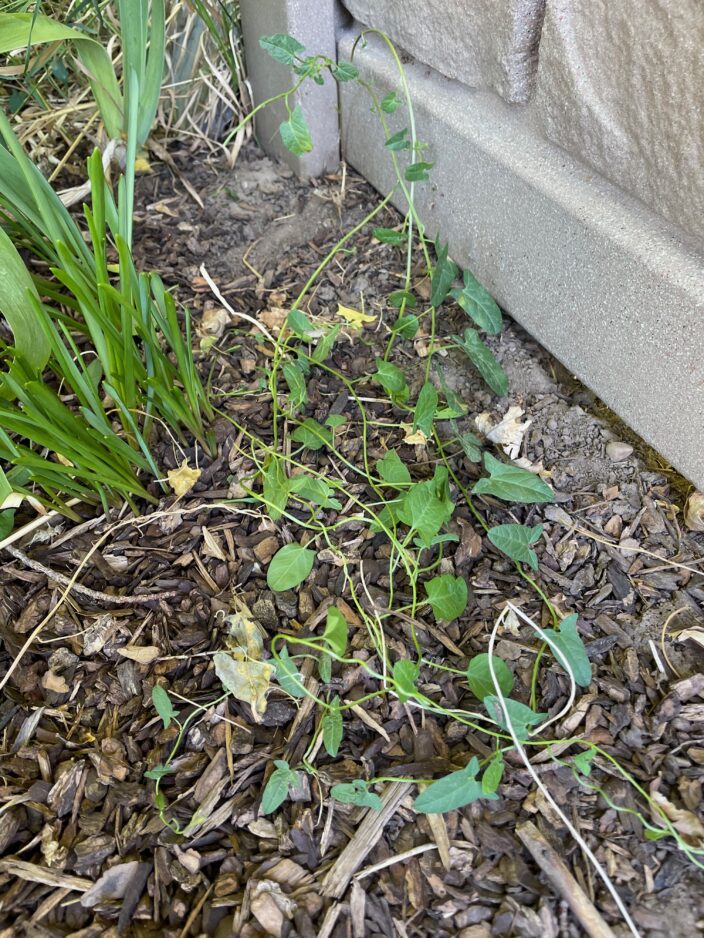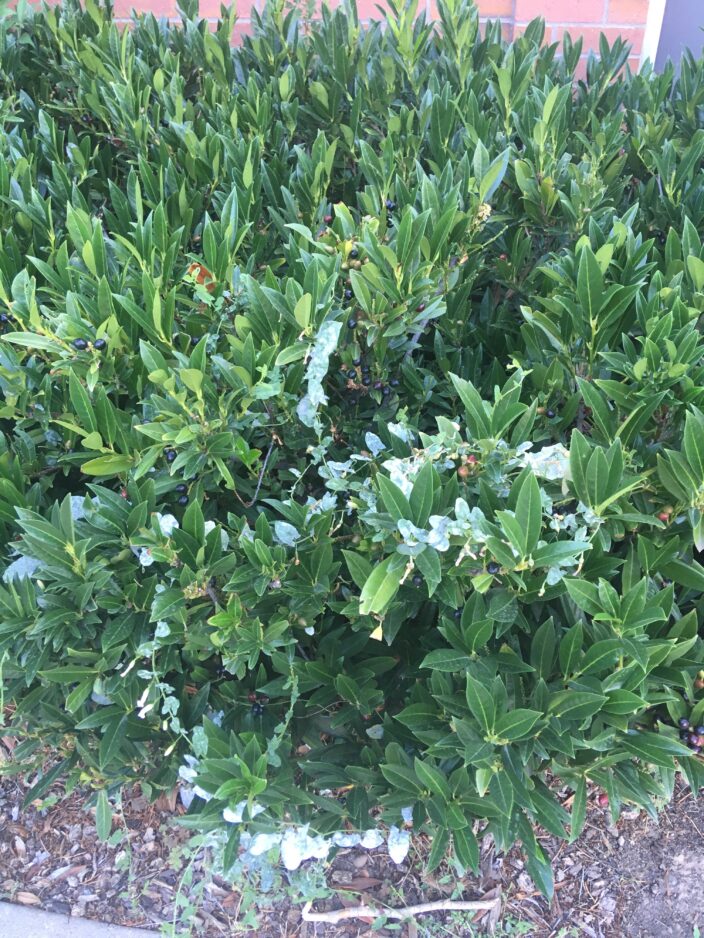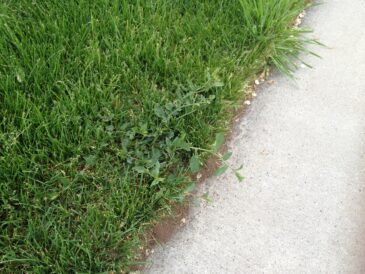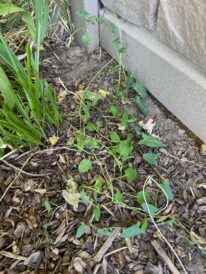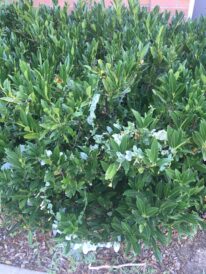Garden Help Desk: Getting rid of morning glory in your yard
- Bindweed can germinate at the edges of lawns and then work its way farther into a lawn. When bindweed is growing in a lawn, glyphosate isn’t a control option because the lawn would be damaged by the spray.
- Bindweed can make its way past fences by working its way under, around or even through tiny gaps and openings.
- Bindweed can weave its way through shrubs and perennials, where it is difficult to control. Pulling can be helpful but must be consistent. Spraying is difficult because of the risk to the other plants.
One of the most common weed questions we get at the Extension office is how to get rid of field bindweed, often referred to incorrectly as morning glory. True morning glory (genus Ipomoea) is a beautiful ornamental annual that is much better behaved.
Field bindweed is native areas with climates like our arid western states. Because it is so adapted to dry areas, it is at its worst as a weed in our region. It survives so well here because it can root over 10 feet deep, often into permanent ground water. It can also reproduce from underground runners and produces seeds that stay viable in the soil for up to 50 years. Its dense foliage can shade the soil making it harder for other plants to germinate and monopolizes soil moisture and nutrients, making it difficult for other plants to compete against it. Many feel its worst characteristic is its vining nature. Field bindweed can climb several feet, choking out living plants and tangling itself in fencing, air conditioning units, trellises, and other fixtures in the yard.
Bindweed can be suppressed, but not eradicated, using non-herbicide options. One non-herbicide option is to hand pull or cultivate it very frequently. The goal is to prevent photosynthesis, forcing the bindweed to use stored energy reserves instead of capturing new energy. I’ve used this method, pulling little sprigs of bindweed as soon as I see them in my own garden, with good results. After several years of diligently pulling bindweed, I seldom see anything to pull. Another method is to blanket areas with large pieces of scrap cardboard and then cover the cardboard with 3-4 inches of mulch or wood shavings. This must be renewed every year. It does not kill the bindweed, but will prevent it from sprouting in the area.
For herbicide options, late summer into mid fall is the best time for control. As days get shorter and temperatures get cooler, nutrients and sugars are moved from above ground plant parts to the roots for the winter. If an herbicide is applied at this time, it is transported more efficiently to the roots along with the nutrients and sugars and stored, giving a more effective kill. In lawns, herbicides containing quinclorac seem to be especially effective. There are a number of brands available from local hardware stores, garden centers and farm stores.
In vegetable gardens, finish harvesting everything you want for the season before applying an herbicide. Carefully remove all the spent vegetable plants, but not the bindweed. Then spray the bindweed with a product containing glyphosate, but don’t use lawn weed killers in your vegetable garden. Add a spreader-sticker or a surfactant to the mix if the label recommends it. You can remove the bindweed a week or two after spraying and finish preparing the soil for spring at this time.
Flowerbeds are the most difficult place to get rid of field bindweed. Instead of including details for using an herbicide in this column, you can visit the KSL Greenhouse Show YouTube channel for a USU Extension video that you can watch for simple instructions. It can be viewed at https://youtu.be/1shsKLlTLSg.
2023 Master Gardener Course registration is now open.
Would you like to improve your gardening skills, learn more about how plants and soils work together or find better ways to manage pests in your landscape? If so, the Utah County Master Gardener Course is the place for you.
Classes begin on Jan. 19, 2023, and continue through March 16, 2023.
We have two class sections each Tuesday and Thursday — an afternoon section from 1p.m. – 3:30 p.m. and an evening section from 6 p.m. until 8:30 p.m. All classes will be available virtually, and SOME will also be available in person, but those classes will also be broadcast virtually as well. The same class content is covered in the afternoon and evening classes on the same day. Come learn and grow with us as you make new friends, learn lots of amazing things, gain new skills, and get involved in cool gardening projects in the area!
All are welcome to participate in the classes. However, the purpose of the Master Gardener program is to develop trained volunteers who provide Utah communities with unbiased, research-based horticultural education and technical assistance in gardening and home horticulture. You’ll receive 17 class sessions of college-level lectures and hands-on training workshops taught by Utah State University Extension faculty and industry professionals.
In addition to the classwork, students who wish to become a Certified Master Gardener must provide a minimum of 40 hours of volunteer service back to their community.
Sign up for the program at https://eventbrite.com/e/usu-extension-master-gardener-utah-county-2023-registration-380603664807

